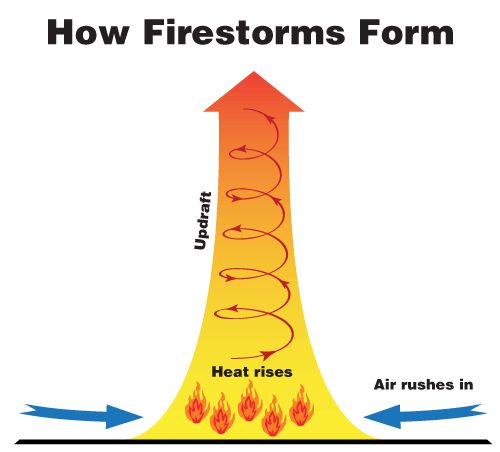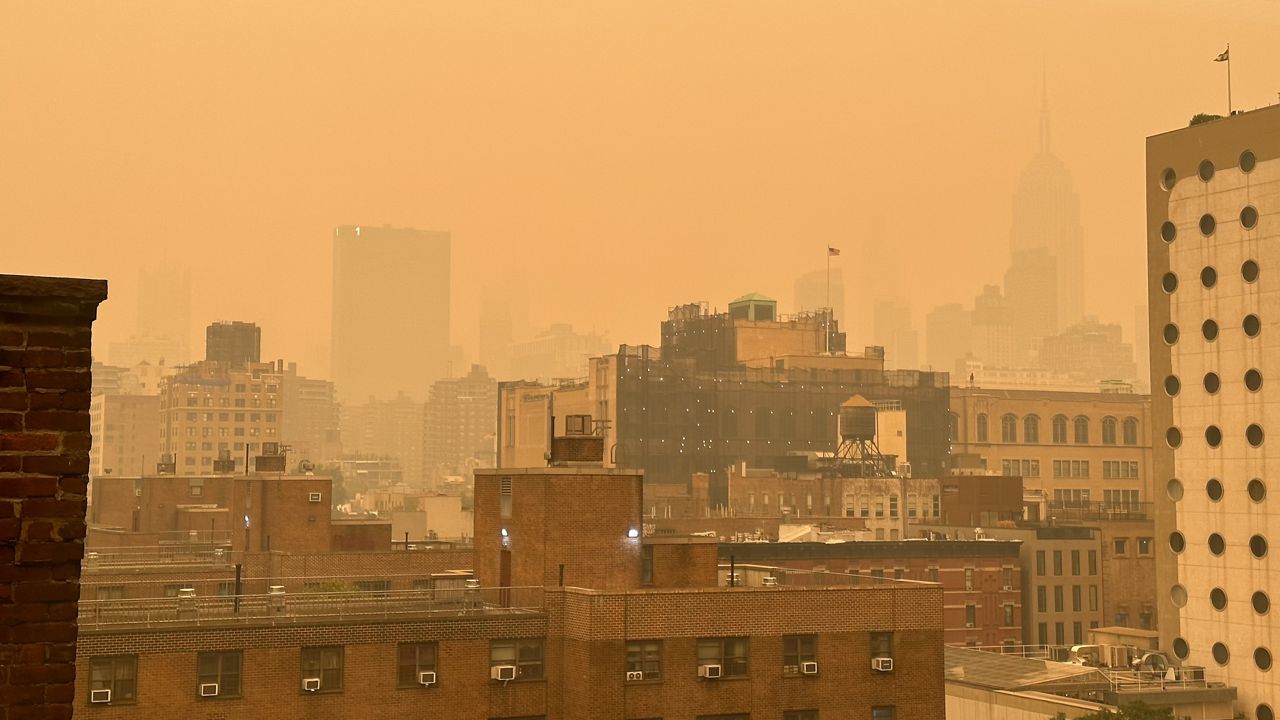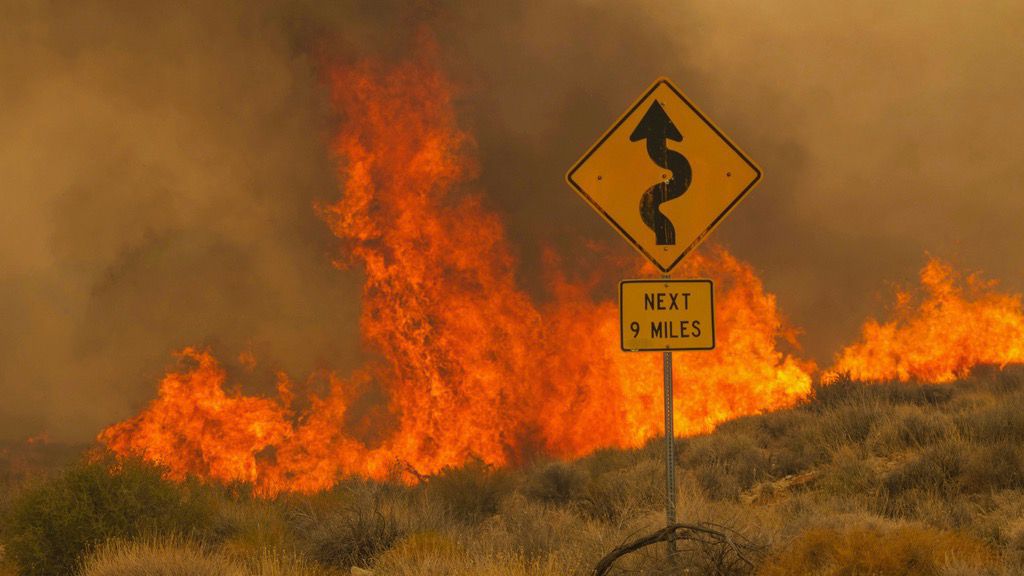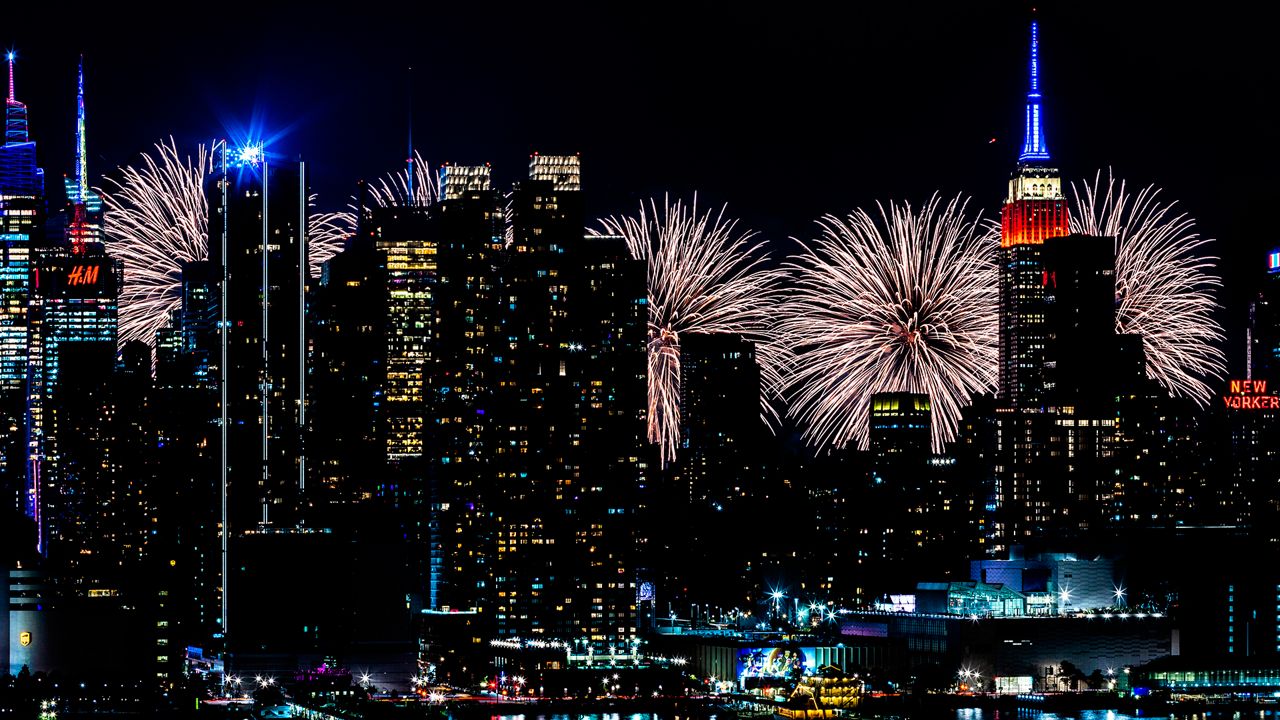Wildfires can quickly become destructive forces of nature. However, they could also influence the weather too.
Fire can actually forge weather, which could lead to rare phonemes like fire whirls, fire storms and other fire hazards.
The U.S. Forest Service says a fire whirl is a “spinning vortex column of ascending hot air and gases rising from a fire and carrying aloft smoke, debris and flame.” In a nutshell, they are whirlwinds created by the heat of flames.
A fire whirl can range in size from one foot to over 500 feet in diameter. Fire whirls are like dust devils, water spouts and even a tornado.
We sometimes refer to large fire whirls as fire tornadoes or “firenadoes.”
The Missoula Fires Science Laboratory, which is a part of the Forest Service, says fire whirls can produce tornado-force winds.
Plus, fire whirls can increase the burn rate of a fire too.
To clarify, these events are rare and could spin up quickly. The deadliest fire whirl in history was the Great Kanto Earthquake of 1923 in Tokyo, Japan, where a fire whirl killed 38,000 people in the 15 minutes.
From fire whirls to firestorms. A firestorm pops up when heat from a wildfire creates its own wind system.
This weather event is like a thunderstorm, but relies on a wildfire as its primary source of energy.
The National Oceanic and Atmospheric Administration (NOAA) describes it as hot air rising and then air around the fire filling the gap the hot air left behind to create an updraft.

Then fire clouds, or pyrocumulus clouds, are created when the smoke from the fire rises and condenses in the atmosphere.
Larger fire clouds are called pyrocumulonimbus clouds. These clouds could produce lightning and intense winds, which could make firefighting difficult.
Wildfires could also influence our weather in other ways too, like affecting air quality.
In June 2023, smoke from the Canadian wildfires turned blue skies into orange, red and hazy skies across the Eastern United States.
Smoke from the wildfires affected air quality and reduced visibility.

Wildfires are climate events that can create their own weather and spawn other climate hazards.
While firestorms and fire whirls are rare events, firefighters across the nation receive training to understand fire behavior and respond.
Our team of meteorologists dives deep into the science of weather and breaks down timely weather data and information. To view more weather and climate stories, check out our weather blogs section.
Keith Bryant - Senior Digital Weather Producer
Keith Bryant is a meteorologist and Senior Digital Weather Producer for Spectrum News. He graduated from San José State University and Mississippi State University with degrees in Broadcast Journalism and Operational Meteorology. He started his career as a news producer working in various markets. After 6 years of TV news, he’s excited to inform the public on the latest weather news for Spectrum.








